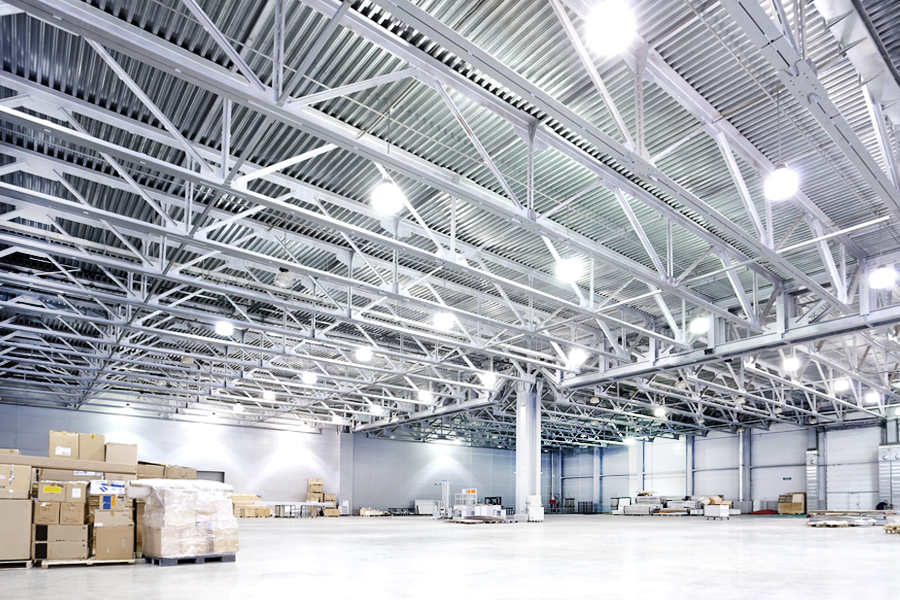
A Comprehensive Guide to Choosing the Perfect LED High Bay or Low Bay Fixture
Share
Selecting the right LED high bay or low bay fixture is crucial for ensuring optimal lighting conditions in commercial and industrial spaces. With a wide range of options available, it can be overwhelming to determine the best fit for your specific needs. In this guide, we will walk you through the essential factors to consider when choosing an LED high bay or low bay fixture, empowering you to make an informed decision that meets both your lighting requirements and energy efficiency goals.
1. Assess Lighting Requirements:
Start by assessing your lighting requirements to determine the appropriate fixture. Consider factors such as ceiling height, the area to be illuminated, and the desired light levels. High bay fixtures are designed for ceilings exceeding 20 feet, providing concentrated light for large spaces, while low bay fixtures are ideal for ceiling heights under 20 feet, delivering more dispersed illumination for smaller areas. Understanding your lighting needs is essential in selecting the right fixture type.
2. Evaluate Lumen Output and Efficiency:
Lumen output indicates the brightness of the fixture, so it's crucial to choose a high bay or low bay fixture with an appropriate lumen rating. Consider the space's size and lighting requirements to determine the optimal lumen output. Additionally, prioritize fixtures with high energy efficiency ratings. Look for luminaires that offer exceptional lumens per watt (LW/W) efficiency, as this ensures maximum light output while minimizing energy consumption, resulting in long-term cost savings.
3. Consider Light Distribution and Beam Angle:
To achieve uniform lighting, pay attention to the light distribution pattern and beam angle of the fixture. Different applications require varying beam angles, such as narrow, medium, or wide. Narrow beam angles concentrate light in a smaller area, making them suitable for task-oriented environments. Conversely, wide beam angles provide more expansive coverage, making them ideal for general lighting purposes. Choose a fixture with the appropriate light distribution and beam angle to meet your specific lighting needs.
4. Evaluate Fixture Quality and Durability:
Opting for high-quality fixtures ensures longevity, performance, and reduced maintenance costs. Look for LED high bay or low bay fixtures constructed from durable materials that can withstand harsh industrial environments. Consider fixtures with robust heat dissipation mechanisms to ensure optimal performance and longevity. Additionally, check for certifications like DLC (DesignLights Consortium) or Energy Star, as they indicate compliance with industry standards and energy efficiency benchmarks.
5. Explore Dimming and Control Options:
To maximize energy savings and customize lighting levels, consider fixtures that offer dimming and control capabilities. Dimming allows you to adjust light output based on specific needs, enhancing energy efficiency and creating a comfortable lighting environment. Look for fixtures compatible with advanced control systems such as occupancy sensors, daylight sensors, or wireless controls. These options enable further energy optimization and enhance overall lighting management.Choosing the right LED high bay or low bay fixture is a critical decision that impacts both lighting performance and energy efficiency. By assessing your lighting requirements, evaluating lumen output and efficiency, considering light distribution and beam angle, prioritizing fixture quality and durability, and exploring dimming and control options, you can confidently select the perfect LED fixture for your commercial or industrial space. Invest time in research, consult with lighting professionals, and prioritize energy-efficient solutions to ensure optimal illumination and long-term cost savings.
